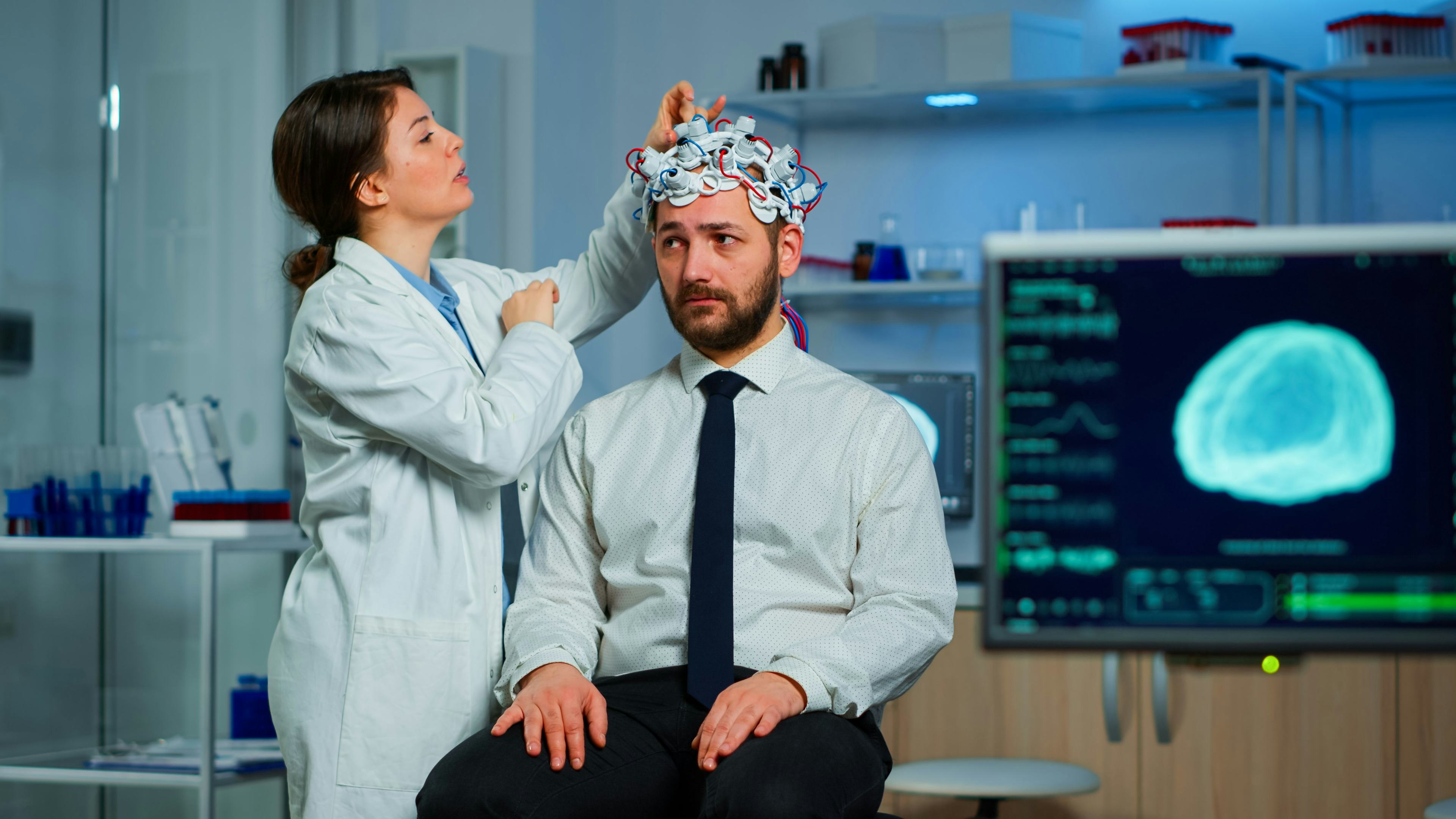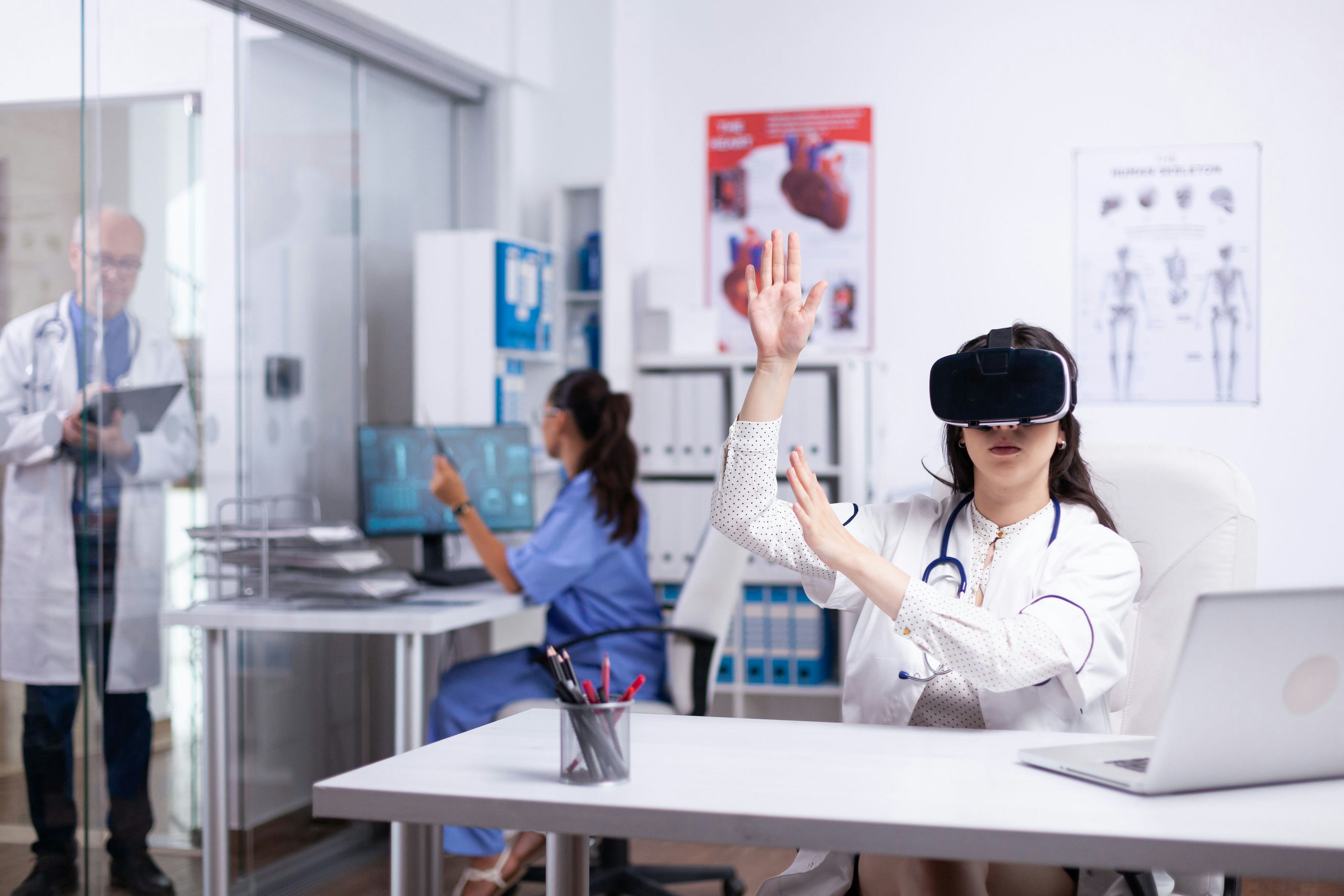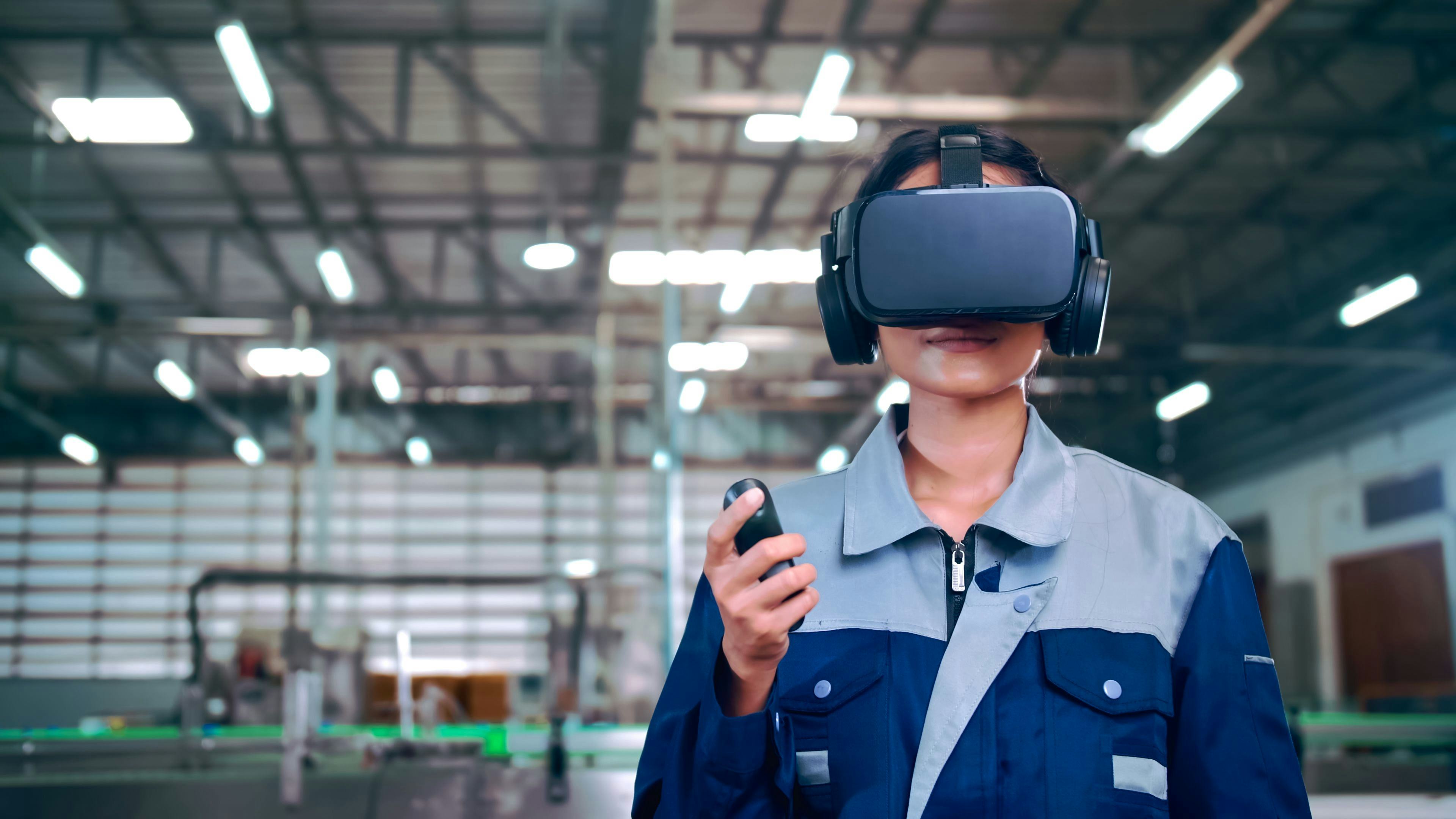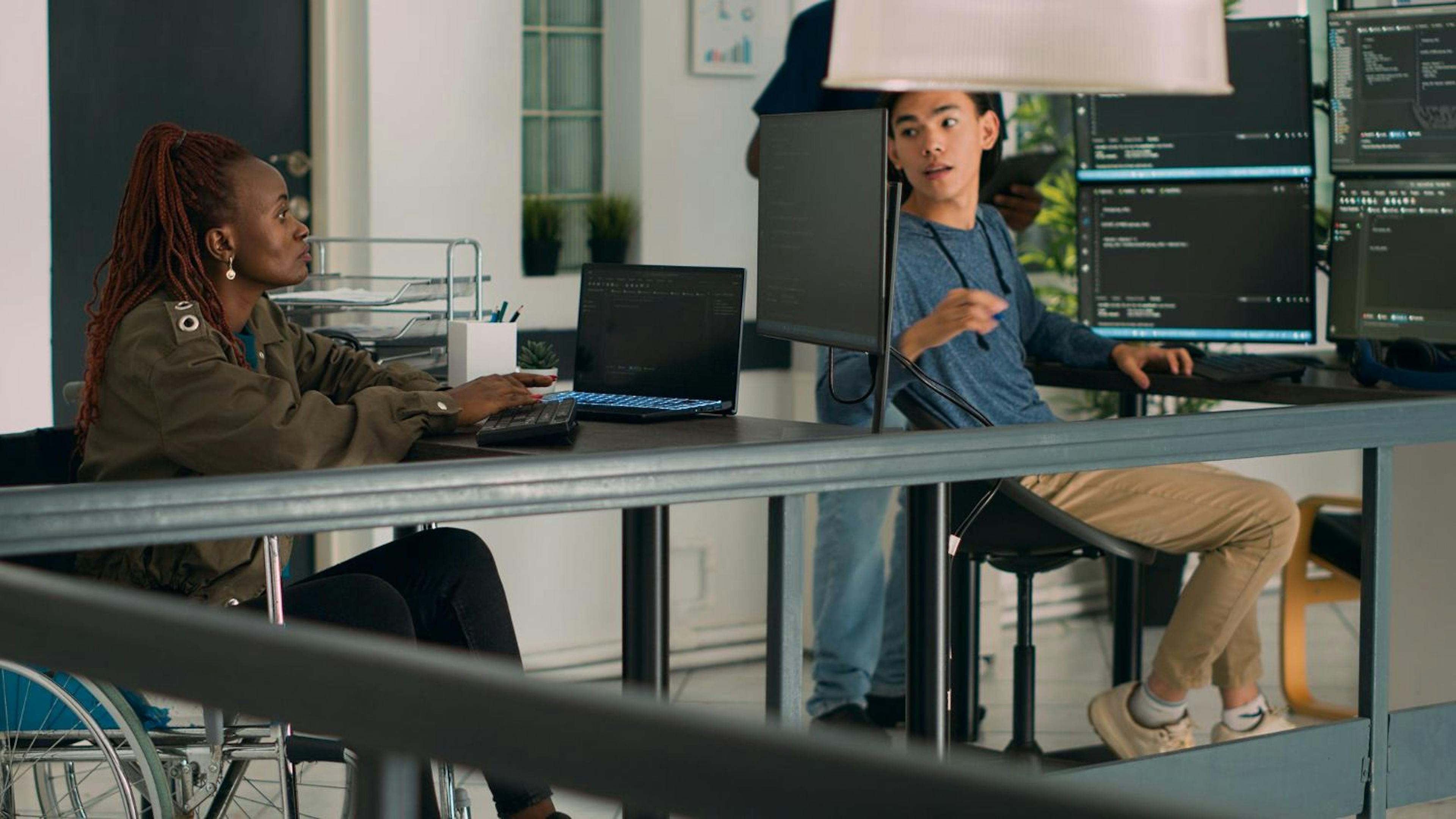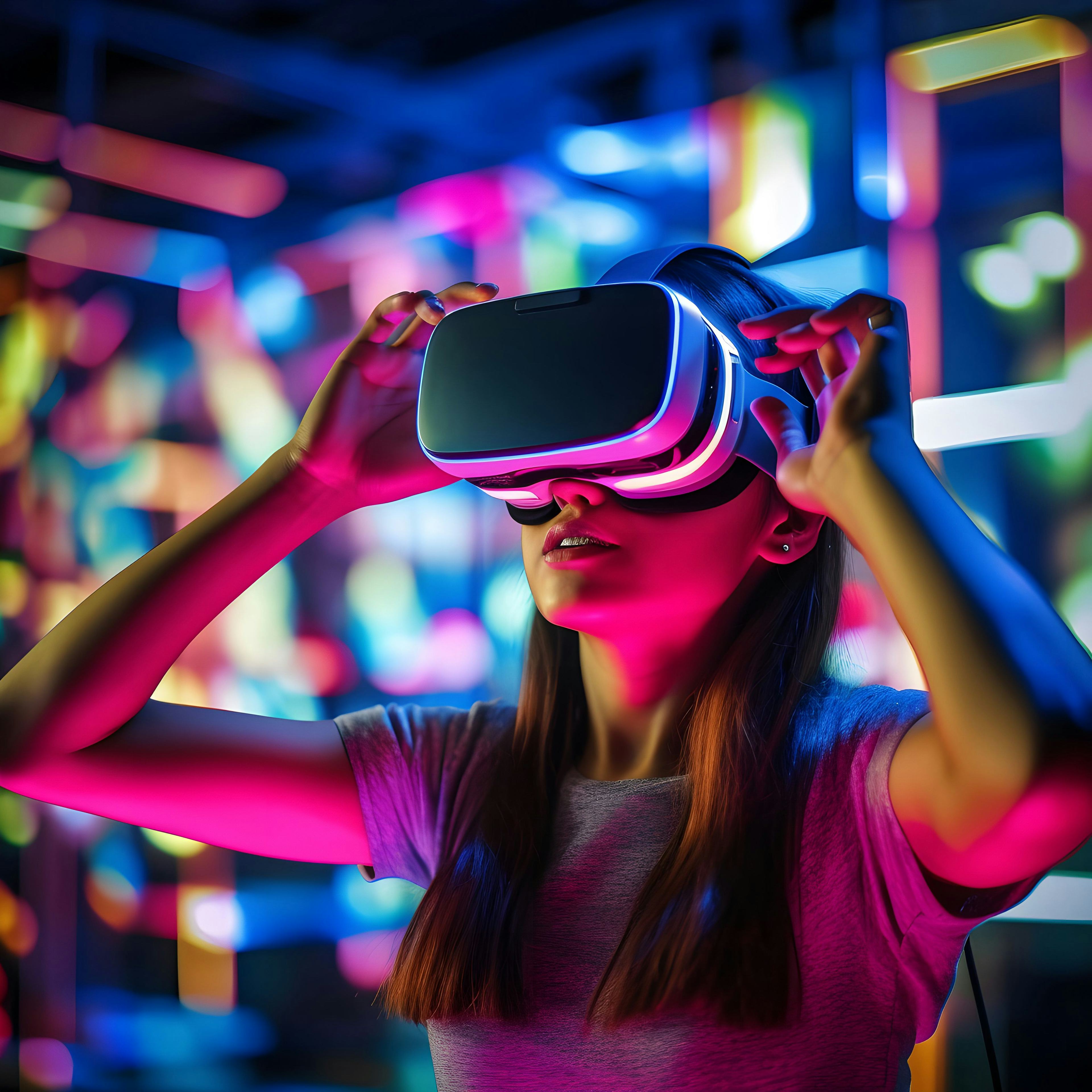
Virtual Reality
Virtual reality (VR) technology has witnessed remarkable advancements in recent years, transforming various industries and reshaping the way we interact with digital content. In this insightful article, we delve into the current trends and future possibilities of virtual reality, exploring how leading industry players are harnessing this technology to drive innovation and create immersive experiences.


